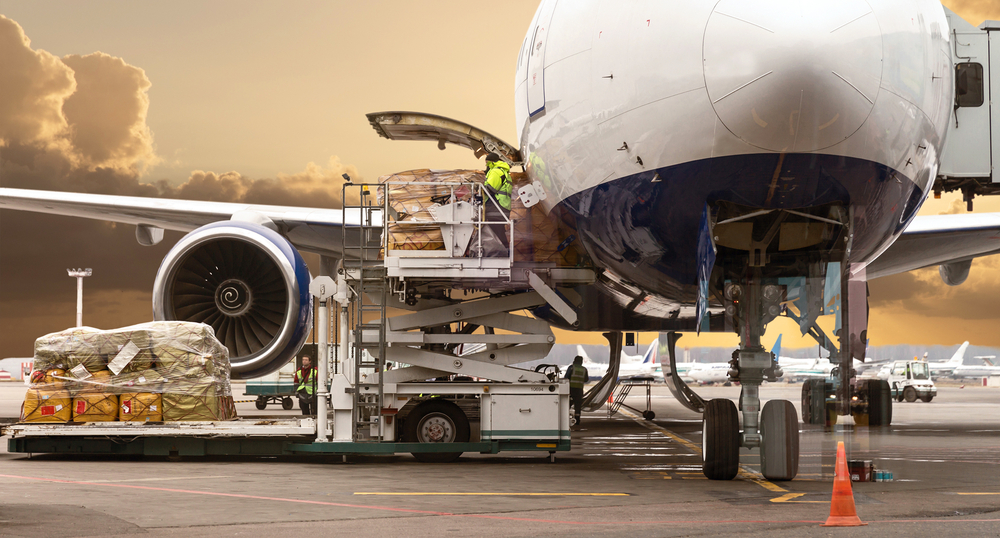Asia-Europe capacity is “volatile”against growing demand

Demand continues to be strong out of China, but capacity between Asia and Europe is “volatile” and increasingly limited.
This was according to Flexport’s Freight Market Update on June 14, which focused on insights for air and ocean freight on major European trade lanes.
Speaking about Far East Westbound airfreight trade, Laurie Mazieres, trade lane manager at Flexport, said that the Shanghai lockdown and Ukraine conflict has negatively impacted Far East Westbound trade, but volumes are expected to climb as production has now resumed and these volumes are anticipated to be strong throughout summer.
She said: There are still some areas in Shanghai that are closed but luckily not the areas where most of the warehouses are located so that’s not impacting demand at the moment.”
Beyond summer, Flexport doesn’t “expect a downward trend on demand”.
Comparing the period from January until the present, Mazieres said that“demand has increased and we expect this to continue”.
Demand is +5% March versus January overall according to Seabury, however, the organisation also said direct air cargo capacity between Asia and Europe has fallen -23% to -37% between February and May.
“The capacity continues to be volatile,” Mazieres warned. Capacity is also expected to continue to fluctuate with Covid regulations in China.
Meanwhile, the transatlantic west and eastbound market is stable. “Trade is going up as well as capacity.”
There was an increase of passenger belly capacity of 30% in May versus February.
Although the baby formula shortage in the US is creating increased demand on the Westbound trade, Mazieres said: “For other commodities we expect that there will still be enough capacity to sustain the demand.”
The passenger demand is “quite strong” in this trade lane so more capacity is being added with deferred routings. These are “not primary cargo destinations,” but although deferred routings come with a longer transit time they also cost less, Mazieres noted.
She added: “Capacity on freighters continues to be more limited – that’s impacting unknown shippers on the transatlantic eastbound trade lane but also freight that needs to travel on a cargo airplane.”
Speaking about Outlook for capacity and rates on far east westbound trade between now and the end of the year, Mazieres said “We expect that trade will increase that trade will increase especially as we approach the peak in Q4 demand will be stronger. Regarding capacity, it’s difficult to say, it’s forecasted to increase and it’s also forecasted that passenger demand will increase.”
This will follow the restrictions that are outlined in Asia, e.g. Hong Kong. “If this is not relaxed then capacity will remain at the same level as it is currently, but it is forecasted to increase.”
She added that Flexport is seeing pent up demand and shippers dealing with airfreight backlogs destined for Europe now that the lockdown in Shanghai has ended. “Demand increased as soon as production started up again.”
Flexport said that North European ports such as Rotterdam, Hamburg and Antwerp are facing congestion and this could get worse. “Vessel delays is the new norm.” Average delays for vessels is now 7.8 days. There is also lots of congestion in US ports. Ongoing labour talks in west coast ports has seen cargo diverted to Vancouver, which is now also seeing limited capacity.
There are now higher rates in oceanfreight because of the fuel price increase and this is “likely to stay for the remainder of the year”.
Rebecca Jeffrey www.aircargonews.net
